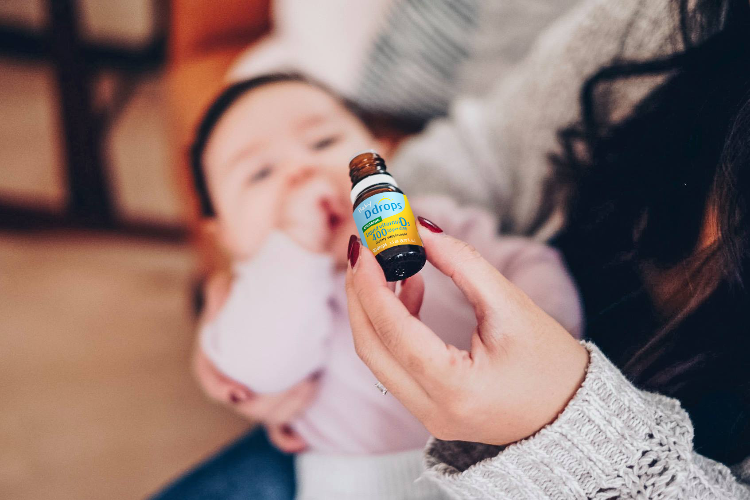21 Jun 2016
Kita semua menikmati citarasa yang berbeza, dan didikan, umur dan persekitaran kita semuanya boleh membentuk rasa ini. Citarasa kita berkembang pesat semasa bayi dan berubah sepanjang hayat kita. Jadi mengapa sesetengah individu lebih suka rasa yang lebih pahit atau manis?
Rasa mula berkembang sebaik sahaja minggu ke-12 kehamilan apabila reseptor rasa terbentuk dan tindakan menelan bermula. Semasa kehamilan, cecair amniotik yang mengelilingi janin ditelan, yang mempunyai sebatian manis yang berbeza di dalamnya. Disebabkan oleh sebatian yang terdapat dalam cecair amniotik, kita semua dilahirkan dengan keutamaan semula jadi untuk makanan manis.
Sebaik sahaja dilahirkan, keutamaan rasa terus berkembang. Pendedahan kepada susu ibu memainkan peranan penting dalam pilihan rasa. Perisa semulajadi, seperti bawang putih dan vanila, terdapat dalam susu ibu dalam masa 1-2 jam selepas ibu mengambil makanan tersebut. Lebih banyak ibu mengambil perisa semulajadi ini, lebih tinggi keutamaan bayi baru lahir terhadapnya.
Umur juga memainkan peranan dalam pilihan makanan dan rasa. Sebelum umur 18 bulan, bayi baru lahir secara terbuka menerima makanan baru. Walau bagaimanapun, bayi yang berumur antara 18-24 bulan mengalami neophobia makanan - ketakutan terhadap makanan baru. Pada masa ini, bayi menolak banyak makanan baru. Pada peringkat tumbesaran ini, ibu mungkin sukar untuk menyediakan pelbagai jenis makanan kepada bayi kerana penolakan perisa baru, justeru menghalang pemakanan yang mencukupi.
Pengambilan vitamin D adalah contoh hebat cabaran ini. Ia jarang ditemui dalam sumber makanan semula jadi, dan makanan yang mengandungi vitamin D biasanya tidak disukai oleh bayi kerana sifat pahitnya. Pucuk rasa untuk makanan yang pahit dan astringen tidak berkembang sehingga lewat zaman kanak-kanak atau remaja apabila kita lebih terdedah kepada makanan pahit. Bagi sesetengah individu, keutamaan untuk rasa pahit tidak berkembang sehinggalah di kemudian hari.
Untuk bayi dan kanak-kanak menerima makanan baharu sepenuhnya, pendedahan kepada makanan itu perlu berlaku sekurang-kurangnya lima hingga sepuluh kali. Alternatif yang mudah dan hambar untuk mengambil makanan dengan vitamin D (seperti ikan, cendawan dan telur) ialah Ddrops. Kami menggalakkan anda merasai sendiri produk vitamin D cecair Ddrops...anda pasti kagum kerana ia sebenarnya tidak berasa! Mengapa tidak menggunakan produk yang mudah diambil – apa yang anda perlu lakukan ialah menambah hanya satu titis pada minuman atau snek kegemaran!
[1] "Citarasa Berbeza: Bagaimana Keutamaan Rasa Berkembang." Rasa Berbeza - Cara Keutamaan Rasa Berkembang: (EUFIC), EUFIC, 1 Dis. 2011, https://www.eufic.org/en/food-today/article/tastes-differ-how-taste-preferences-develop.



ทิ้งข้อความไว้
เว็บไซต์นี้ได้รับการคุ้มครองโดย hCaptcha และมีการนำนโยบายความเป็นส่วนตัวของ hCaptcha และข้อกำหนดในการใช้บริการมาใช้